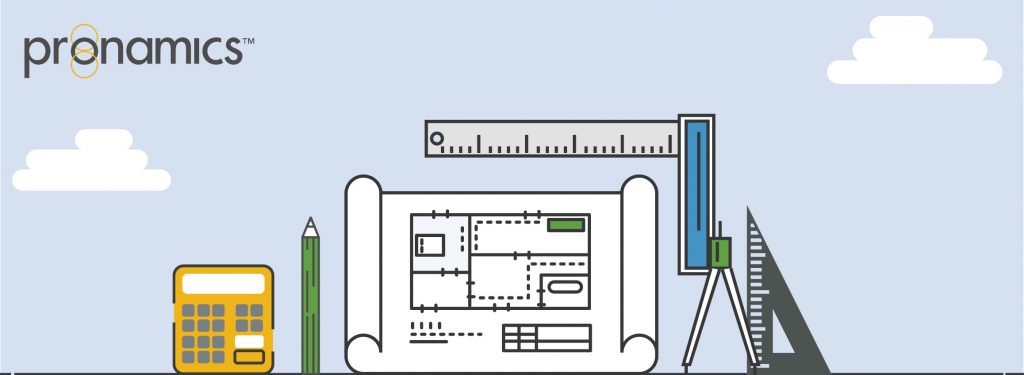Which TECHNIQUE Is Best And Why Australia Uses First Principles Estimating
Relates to: Which type of project cost estimating technique is the most accurate method?
Overview (1 minute read)
- Estimating techniques depend heavily on what country you are in; not which method is most accurate.
- In Australia, largely due to low population density, large distances and differences between states and industries, first principles estimating is essential.
- Australian states and industries use different standards of measurement. With projects requiring cross-industry and/or multi-state resources, breaking an estimate down to basic components is ultimately more straightforward and accurate than trying to draw historical data, then having to modify it.
- Australia is unlikely to switch estimating techniques because the detailed precision of first principles estimating has proven to reduce risk while improving accuracy, efficiency and overall profit.
Read more (4 minute read)
Cost estimating techniques vary internationally. But why? And which one is best? In my article, Which Estimating Technique is Most Accurate, I examine the two main techniques; standard rates and first principles. What you may not realise is the usage of these techniques depends heavily on what country you are in, not on which is best.
In Australia, there is no ONE method of measurement. Differences between states, between industries, even within departments, means first principles estimating is essential. First principles estimating makes no assumptions; it doesn’t use a library based on average productivities to create the “standard” cost estimate. As every job is unique, so is every estimate. Components must be broken down into the smallest priceable units and built back up to the specifics of a project. Unique project risk factors must also be estimated for accuracy.
As well as Australia, New Zealand and South Africa also use first principles estimating; but in the UK and US, standard rates wins the day. How did this come about?
One explanation, put forward by the Australian government, is “it appears that cost estimators in Australia do not have ready access to the kinds of historical data from Australian road projects available to their US or European counterparts from their projects.”**
It is likely that population density has affected the availability of historical data. Europe and the US are more densely populated and have had far more intense infrastructure development over the last century compared to the sparsely populated Australia. Any infrastructure built in regional areas must also contend with the expense required to gather information over vast distances; so cutting costs on information-gathering increases the potential for latent conditions.
It makes sense that estimators who don’t have access to much historical data would get in the habit of using first principles estimating. It is the best available option. And they would teach their subordinates, and so on.
But what about now?
The explosion of digital connectivity across Australia in the past few decades has boosted electronic data recording for civil and other estimating. So why not switch to Standard Rates Estimating?
Here’s why…
Australian states, let alone different industries, don’t even use agreed standards of measurement. What constitutes a “metre of trenching” in one place might not allow for variations on depth and width, let alone ground conditions and the effect that has on productivity. When many companies operate across the country, and projects may require a variety of cross-industry and interstate resources, breaking an estimate down into basic components is ultimately more straightforward and successful than trying to draw on historical data, and then having to modify that data anyway. Standard Rates Estimating works ideally in homogeneous conditions. The complex reality is projects are often heterogeneous. Estimating accurately is required across disparate circumstances which include physical conditions, industries and government regulations. First Principles Estimating is a much sharper and safer tool to use for realistic estimating than Standard Rate Estimating.
As slimmer margins for tenders and increased competitiveness become more and more important to Australian companies and government departments, getting an accurate bid requires the precision and reduced risk of first principles estimating. Because of this, it is unlikely Australia will change estimating technique any time soon.
As for estimators in other countries, it’s likely none will change their habits any time soon either. However, with some companies adopting first principles estimating in the US, Canada and the UK for more specialised projects, perhaps we’ll see the spread of first principles there!
If you have any insights or comments on this topic, we would love to hear from you. Feel free to send Glen an email or contact us via phone, email or social media.

Glen Townsley is the founder of Pronamics, and has spent over 30 years building estimating software after a successful career as a civil estimator and project manager.
** Australian Government: Department of Infrastructure and Regional Development. Cost Estimation Guidance – Guidance Note 2 “Base Cost Estimation”. Version 1.0 March 2017.
https://investment.infrastructure.gov.au/files/cost_estimation_guidance/Guidance_Note_2_Base_Cost_Estimation.pdf ©Commonwealth of Australia 2017.

